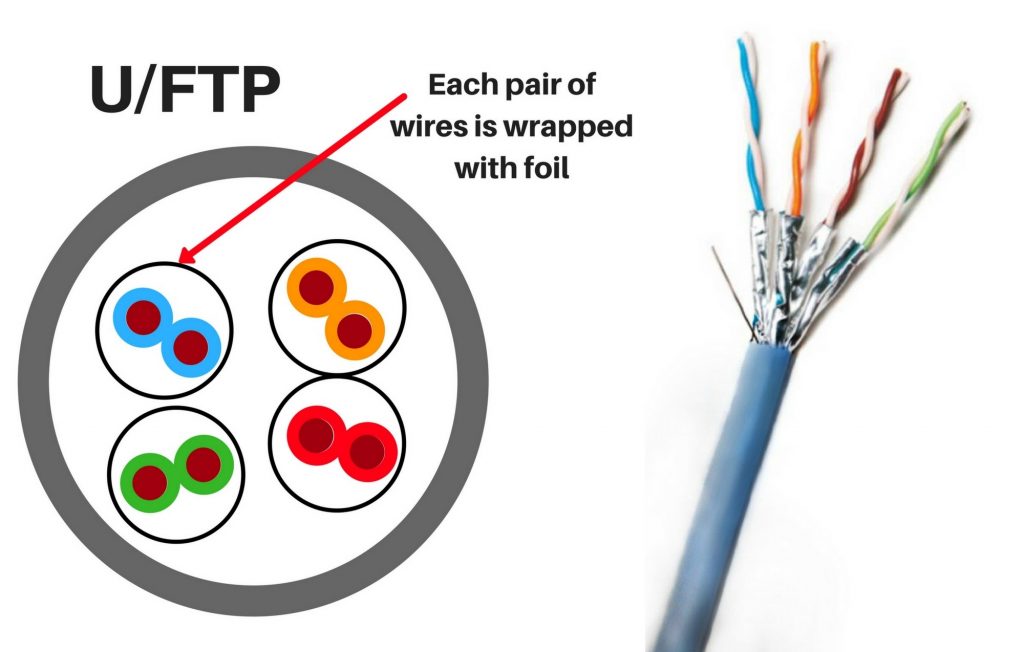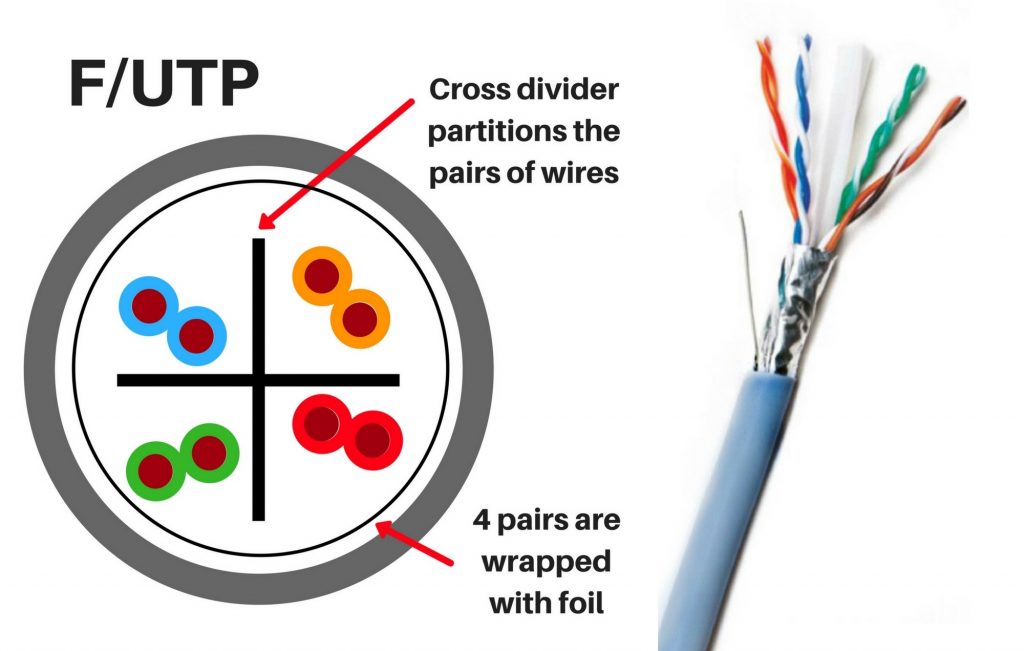Passive Communication Solutions
- Home
- Solutions
- MEP Solutions
- Passive Communication Solutions

Communication solutions always require a solid mean of physical infrastructure set up to function correctly and as intended. Modern solutions and technology today allow for a high speed, efficient and very easy way of data transfer across devices. This is primarily done with communication cables that run hidden around a building, to and from devices.
Passive solutions mean an “install and forget” system or physical components that require minimal to no maintenance or receive very little active interaction. Such solutions incorporate and mainly uses high-speed transfer cables such as UTP/FTP and Optical Fiber.
UTP/FTP Cables

UTP stands for Unshielded Twisted Pair.
UTP cables are the most common and employ the usage of simply twisted copper wires. They are unshielded and hence vulnerable to electrical noise or EMI which may cause improper functioning or data corruption. UTP cables are always a cheaper option especially if cable runs and installation is planned ahead to minimize contact with any other electrical device.
FTP stands for Foiled Twisted Pair.
FTP cables are similar to UTP cables in function but offer higher protection from external noise or EMI/RFI as the copper cables inside are shielded usually with an aluminium wrap or foil. Crosstalk is also reduced. FTP cables are higher in price than UTP cables.
Other alternatives or variations of cables are also coming to the surface in the market that serves a specialized use case or provides tailored advantages to an end-user. These include;
S/UTP
It stands for Shielded with Unshielded Twisted Pairs, which basically means an outer foil wrap is present but the individual copper wiring is unshielded. S/UTP cables are capable of supporting higher transmission rates, with long-distance installation being also a plus. This type of cable also has higher mechanical strength. Another variation is an SF/UTP cable which is also braided and foiled.
U/FTP
Unshielded with Foiled Twisted Pairs cables are basically similar to standard UTP cables, but with a foil wrap around each individual twisted copper cable to provide a slight reduction from electrical noise.

F/FTP
Foiled with Foiled Twisted Pairs are cables with both an outer foil wrap and also a wrap-around each individual copper pair. These are slightly similar to standard F/UTP cables but are designed to increase overall protection from other electrical components.
S/FTP and SF/FTP
Shielded and/or Foiled with Foiled Twisted Pairs are cables with excellent and maximum protection from noise and crosstalk. They are by far the most expensive cable and to an extent provide the widest range of use case.
Another parameter to decide on what cable to be used is the type or generation, such as CAT5, CAT5e, CAT6 and so on. The main difference between these designations is their rated data transfer speeds, ranging from 10 MBps to 10000 MBps (10 GBps).
Optical Fiber Cables
Optical Fiber Cables utilizes pulses of infrared light at high frequencies to transmit data through a fiber optic cable. This type of data transmission usually permits a larger bandwidth and faster speeds, especially across long distances. It’s also used where electromagnetic interference might corrupt data in a traditional electrical cable.
Optical Fiber technology is currently being developed to slowly replace current data transmission solutions as the need for a faster and larger bandwidth is growing. Day by day data sizes and information keep increasing in size hence the need. Modern fiber cables can contain up to a thousand fibers in a single cable, with potential bandwidth in the terabytes per second.
Generally, a fiber optic system uses a transmitter, cable and receiver. Most local systems do not need a signal booster or amplifier but certainly, some might need it. Transmitters and receivers are critical as they are responsible for switching from electrical to light signals and vice versa.
Advantages of Fiber Optic Cables include;
- Much Faster Data Transmission.
- Long Distance Transmission.
- Low Interference.
- Easily Adaptable System.
- High Cable Strength.
- Above Average Reliability.

An Optic Fiber Cable usually consists of multiple reflective plastic or glass fiber core, where plastic fiber is used for short-range transmission, while glass fiber is used in medium and long-range transmission. This inner tube is wrapped with a coating for isolation and protective purposes. A few other layers are added such as rubber or metal to shield and/or add strength to the cable.
Different color coding of fiber optic cables is available which indicate their use case and several feature sets of said cable. Most manufacturers target specific industries or applications so it’s important to know beforehand the exact type of cable needed.
Disadvantages of Fiber Optic Cables include;
- Initial High Cost.
- Reduced Flexibility.
- Installations and Maintenance require trained professionals.
Although Optic Fiber Cables have reached world records in data transmission speeds, there is always a case to be made to keep using traditional copper cables. A good amount of design and planning with professional installation of the system is required to benefit the most from using fiber optic cables.
